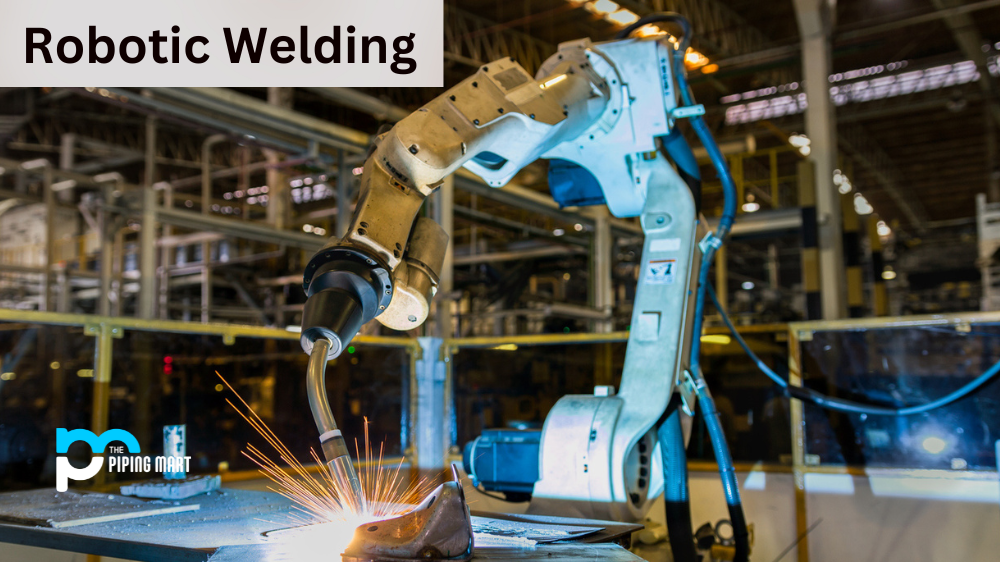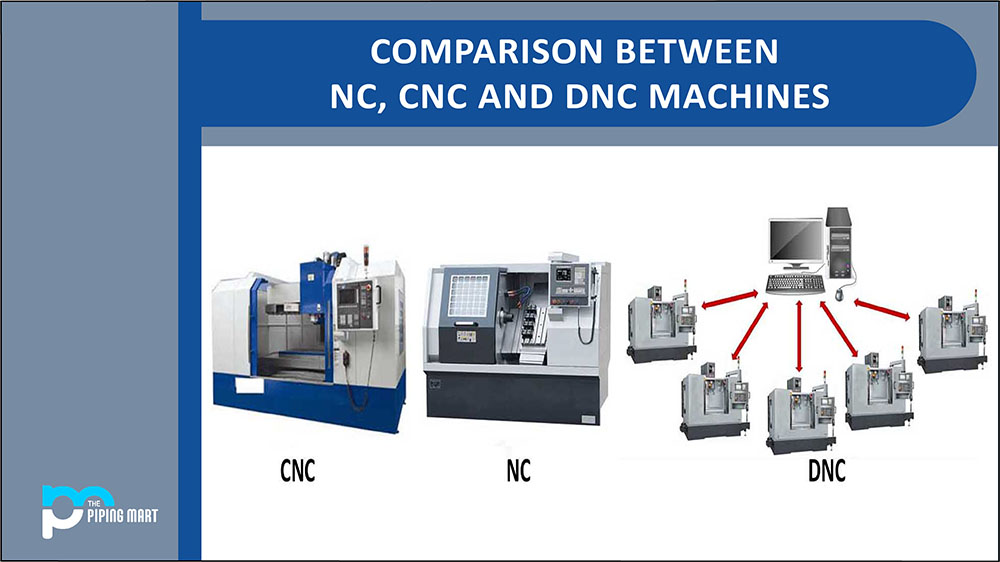Robotic welding is an advanced technology that has revolutionized the metalworking industry. It is a fast, efficient, and reliable way to join metal pieces together in a process called “welding.” With robotic welding, robots are programmed to perform repetitive tasks and can work faster than human welders. But what are the advantages and disadvantages of this type of welding? Let’s take a closer look.
Advantages of Robotic Welding
Robotic welding offers several advantages when compared to manual welding:
- It eliminates the need for human labor, which can reduce costs significantly. This is especially beneficial for large-scale projects that require a large amount of welding.
- Robotic welders are extremely precise and consistent in their performance, and they can be programmed to produce welds with exact specifications.
- Because robots do not tire or become fatigued as humans do, they can also work faster than manual welders.
Increased Productivity
Robotic welding can increase productivity as robots do not get tired and can work longer than human welders. Additionally, robots can be programmed to work faster than human welders.
Reduced Costs
Robotic welding can also reduce costs as it is more efficient than traditional welding methods. For example, robotic welding can help reduce material waste and the need for rework and repairs.
Improved Quality
Robotic welding can also improve the quality of welds as robots can produce consistent results. Additionally, robotic welds are less likely to contain defects than those produced by human welders.
Increased Safety
Robotic welding can also help increase workplace safety as robots can be programmed to work in hazardous environments that would be dangerous for human workers. Additionally, robotic welders are less likely to suffer from injuries such as burns or exposure to fumes.
Environmentally Friendly
Robotic welding can also be more environmentally friendly than traditional welding methods as it produces fewer emissions. Additionally, robotic welders often use recycled materials, which helps to reduce the amount of waste paid.
Disadvantages of Robotic Welding
Despite its many benefits, robotic welding does have some drawbacks as well. Setting up robotic welders is often expensive and time-consuming; it may not be cost-effective if you only need to perform a few welds. Additionally, robots cannot always detect when something goes wrong during the welding process—such as a faulty connection—which could lead to inaccurate or false welds if not monitored closely by an experienced welder. Furthermore, robotic welders are limited in handling complex shapes or positions; therefore, manual welding may still be necessary for specific projects requiring more intricate attention to detail.
High Initial Cost
One of the primary disadvantages of robotic welding is the high initial cost. The initial investment for a robotic welding system can be several hundred thousand dollars, which can be prohibitive for many companies. Additionally, robotic welding systems require a dedicated operator, which can add to the overall cost.
Inflexibility
Another disadvantage of robotic welding is that it can be inflexible. Once a robotic welding system is programmed for a specific application, changing it to weld a different type of material or joint can be difficult. This inflexibility can make it difficult to weld parts with multiple different types of joints.
Limited Welding Positions
Robotic welding systems are also limited in the number of welding positions they can perform. For example, a robotic welding system can only weld in a flat or horizontal position. This limits the types of joints that can be welded and can also make it difficult to weld parts with irregular shapes.
Requires Specialized Programming Knowledge
Another disadvantage of robotic welding is that it requires specialized programming knowledge to operate effectively. Companies need help finding qualified operators for their robotic welding systems. Additionally, programming errors can lead to poor weld quality or dangerous situations.
Can Be Dangerous
Robotic welding systems can also be dangerous if not used properly. For example, if an operator does not have the proper safety equipment, they could be seriously injured by the arc flash or fumes generated by the welding process. Additionally, if a robotic welding system malfunctions, it could cause severe property damage or even injure people nearby.
Conclusion:
Robotic welding has revolutionized the metalworking industry due to its speed and accuracy compared to traditional manual welding methods. Despite its advantages over manual welding, there are still some drawbacks associated with robotic welding, namely its high setup cost and limited ability to handle complex shapes or positions. Whether you decide on using robotic or manual methods will depend on your specific needs and budget capabilities – but in either case, it’s essential to ensure you have an experienced welder who can monitor the process closely for any issues that may arise during production.

Meet Bhavesh, a seasoned blogger with a wealth of knowledge and experience. From metal products manufacturing to retail, Bhavesh has a diverse background in various industries and is dedicated to sharing his insights and expertise with readers.




